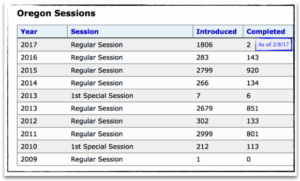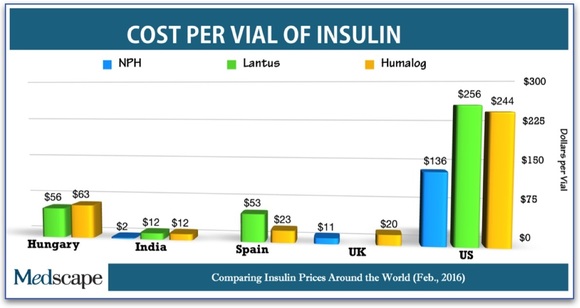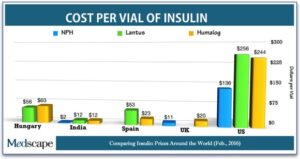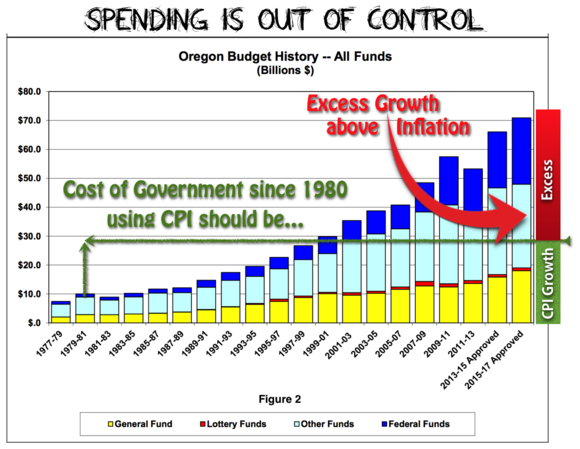Oregon State Legislature sent this bulletin Tuesday, February 27, 2018 by devadmin
Here’s some good news from this short Legislative session.
In many of Oregon’s rural settings, you will find innovative equestrian training facilities that specialize in providing therapeutic programs for adults and children.
These programs allow children and adults of all abilities and backgrounds to develop horsemanship skills, fitness, empathy, and self-confidence. Additionally, these facilities may also provide therapeutic and clinical programs, including counseling services.
Counseling services in the rural environs widens access to the real world by providing the opportunity to get dirty, connect with animals and gain very specialized therapeutic training using the natural beauty, grace and gentleness of horses. The power of this environment for counseling gets leveraged because it bypasses the sterile, and sometimes threatening, clinical type setting.
Additionally, the typical outdoor farm and ranch setting provides more than just exposure to dirt and horses. Anyone who has spent time in Oregon’s rural landscape knows that there is typically a myriad of other animals on the property from dogs and cats to chickens, cattle, goats, sheep and pigs. All of this deepens the experience for the children and adult clients as well as the instructors and counselors.
Rural property is typically zoned as Exclusive Farm Use (EFU) land. This means that any business taking place on this land must be related to farm, ranch, or an agricultural enterprise. This zoning was designed to ensure that high-rise office centers or strip-malls didn’t get built in the middle of a potato field. However, this has sparked some bureaucratic confusion regarding the legality of providing counseling services on EFU land.

I was happy to support a Senate Committee bill, SB 1533, that will clarify a vague law restricting where and how equine therapy centers offer counseling services.
There are nearly 20 of these centers all over our state doing extremely valuable work. They work with Veterans who may be dealing with the after-effects of a battlefield injury or PTSD and they provide needed therapy and counseling to children and adults with physical, emotional or mental needs.
These therapeutic riding centers have all been caught in a bureaucratic quandary – how would one provide hippo-therapy in a clinical setting? This is the classic problem where the County Zoning Departments must simply follow the statutes even if they recognize that the rural setting is obviously the appropriate place for horses, therapeutic horseback riding and complementary counseling. This therapy has been found to be extremely valuable and is simply impossible in a downtown medical center or it’s parking lot.
This bill simply clarifies that facilities that offer equine and equine-affiliated therapeutic and counseling activities are permitted to operate on EFU zoned areas. Problems arose when some counties were interpreting the law so that as soon as a patient was no longer physically touching the horse, the therapy was no longer permitted because counseling services were not permissible on EFU land.
This bill brought some common horse sense to the situation and removed the ambiguity about whether a patient had to be in physical contact with the horse.
My daughter is a Licensed Therapeutic Riding Instructor at Healing Reins Therapeutic Riding Center, in Bend, OR. Healing Reins is one of many outstanding facilities. They average about 15-20 horses that they use for riding therapy with 8 Licensed Instructors and about 150 volunteers. Additionally, they currently have 3 Mental Health Counselors and 2 Physical Therapists on staff. The barn and arenas are buzzing with activity six days a week 10-12 hrs. per day.
Therapeutic riding centers typically offer a variety of therapy and counseling services, including traditional physical therapy, equine assisted psychotherapy, eco-therapy and therapeutic riding to improve balance, listening skills and the ability to stay focused on a task. The children and adults bonding with their horse is truly magical.
Jeff Campbell, whose wife co-founded Healing Reins Therapeutic Riding Center in Bend, said, “This very important legislation will provide a valuable platform from which our therapeutic riding centers can continue to serve our fellow Oregonians most in need due to physical, cognitive, and emotional challenges without the constant concern of the rug being pulled from under us due to some ambiguities in the current exclusive farm use code“
Campbell added, “Thousands of Oregonians across the state will continue to be effectively and seamlessly served in our centers, thanks to this valuable legislation.”
SB 1533 received unanimous support from the Oregon Senate and now moves to the House for further consideration. Let’s pray that common horse sense will prevail during the remainder of Oregon’s 2018 legislative session.
Remember, if we don’t stand for rural-Oregon values and common sense – no one will!
Best Regards,

Dennis Linthicum
Oregon State Senate 28
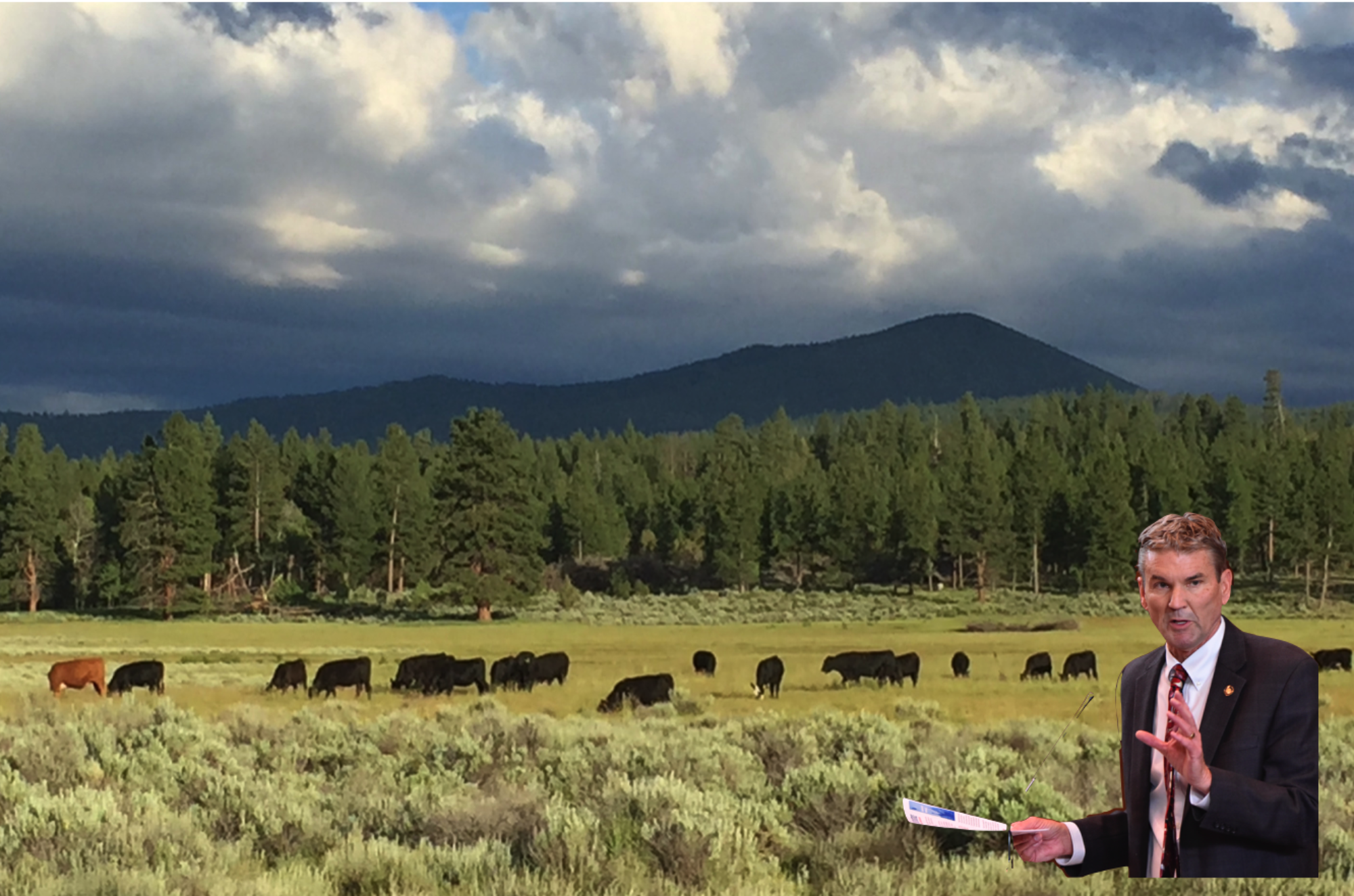



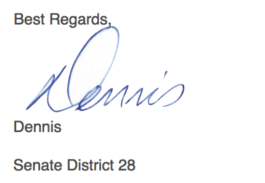

 The Public Utility Commission exits, first, to “protect the customers from unjust and unreasonable extractions by establishing fair and reasonable rates.” (cf. ORS 756). This standard is established by definition, “Rates are fair and reasonable for the purposes of this subsection if the rates provide adequate revenue both for operating expenses of the public utility or telecommunications utility and for capital costs of the utility, with a return to the equity holder.”
The Public Utility Commission exits, first, to “protect the customers from unjust and unreasonable extractions by establishing fair and reasonable rates.” (cf. ORS 756). This standard is established by definition, “Rates are fair and reasonable for the purposes of this subsection if the rates provide adequate revenue both for operating expenses of the public utility or telecommunications utility and for capital costs of the utility, with a return to the equity holder.”

